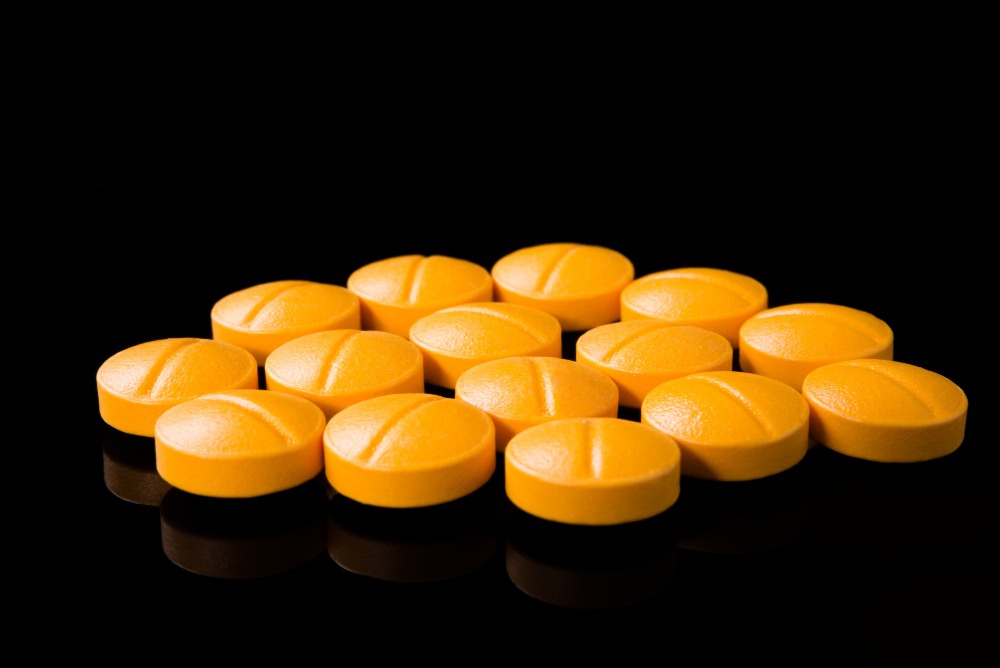Suboxone® Treatment Programs and Addiction Potential
Key Points:
- Suboxone® is an FDA-approved treatment option for opioid use disorder (OUD).
- Suboxone® contains both buprenorphine, a partial opioid agonist, and naloxone, an opioid antagonist.
- Together, these drugs help with withdrawal symptoms and prevent relapse.
- Suboxone® is used as part of a comprehensive addiction treatment program.
- Though rare, Suboxone® can have side effects and misuse potential.
The United States is facing an unprecedented opioid crisis. Drug overdoses are a leading cause of accidental death in the United States, with opioid overdoses contributing significantly, often exceeding death rates from causes such as gun violence and motor vehicle accidents.[1]
Buprenorphine, an active ingredient in Suboxone®, offers a safer alternative to opioids like morphine, heroin, or fentanyl for the treatment of opioid use disorder (OUD).[2]
What Is Suboxone®?
Suboxone® is an opioid prescription drug that’s used to treat opioid dependence and addiction. It’s a combination of buprenorphine, a partial opioid agonist, and naloxone, an opioid antagonist, that can help stabilize someone during the medical detoxification process, prevent relapse, and support ongoing recovery.[3]
The FDA approved several buprenorphine products for the treatment of opioid OUD, including Suboxone®.[4]

What Is Suboxone® Used For?
Suboxone® is used to treat OUD, the clinical diagnosis of opioid addiction.[5] With drugs like opioids, which involve severe withdrawal and a high risk of relapse and subsequent overdose, Suboxone® and related medications are integral to successful treatment and quickly becoming the standard of care.
Used as prescribed, Suboxone® is a safe drug with a low potential for overdose. This is because, unlike opioids, it has a ceiling that limits opioid effects. Misuse, such as taking it in combination with other drugs or in higher doses than prescribed, can increase the risk of adverse effects.[6]
If you take Suboxone® too soon after taking opioids, it can bring on fast opioid withdrawal symptoms like anxiety, sweating, and digestive upset. Though rare, serious side effects like overdose or severe respiratory depression are possible.[7]
Though Suboxone® can be effective for opioid addiction, it’s not enough on its own. In opioid addiction treatment programs, it’s used as part of a comprehensive and tailored treatment approach with behavioral therapies, support groups, and other interventions.
How Does Suboxone® Work?
Suboxone®’s effects are due to the combination of buprenorphine and naloxone.
Buprenorphine is a partial opioid agonist that produces weak opioid effects.[8] This means it reduces withdrawal symptoms and cravings without producing the effects of other opioids like fentanyl or heroin.
It has a high binding affinity, so it may block other opioids from binding to activate the opioid receptors.[9] This can discourage opioid misuse. There’s also a ceiling to its effects, leading to much weaker euphoric effects and a lower risk of misuse than other opioids.
Naloxone is an opioid receptor antagonist medication that is paired with buprenorphine in Suboxone® and generic medications.[10] Naloxone is often used on its own to reverse the effects of an opioid overdose, but it’s used in Suboxone® to discourage the intentional misuse of buprenorphine.
Benefits of Suboxone® for Addiction Treatment
When used as part of a comprehensive treatment program, Suboxone® can be highly beneficial for OUD recovery. Some of the benefits include:
- Alleviating or eliminating withdrawal symptoms
- Relieving cravings
- Calmer and more relaxed demeanor
- Lower pain
- Lower risk of relapse
- Decreased risk of misuse and overdose[11]
Learn More About Suboxone Detox
Suboxone® Side Effects
Though mostly safe when used as prescribed, Suboxone® does carry the risk of side effects, some of which are serious.
The common side effects of buprenorphine include:
- Constipation
- Headache
- Nausea
- Vomiting
- Dizziness
- Drowsiness
- Sweating
- Tooth decay
- Muscle aches and cramps
- Inability to sleep
- Fever
- Blurred vision
- Tremors
- Palpitations
- Inattentiveness[12]
Some serious side effects can occur, which include:
- Respiratory distress
- Overdose
- Adrenal insufficiency
- Dependence
- Withdrawal
- Impaired liver function
- Sleep-related breathing issues
- Allergic reactions[13]
Because of buprenorphine’s opioid effects, it can be misused, particularly by people who do not have an opioid dependency. Naloxone is added to decrease the likelihood of misuse.
Is Suboxone® Addictive?
Buprenorphine is an opioid and can result in physical dependence with long-term use.[14] Dependence isn’t the same as addiction, but there is a risk of withdrawal if you become physiologically dependent on Suboxone®.
Your doctor carefully monitors Suboxone® use. It’s important never to abruptly cut back or stop your use of Suboxone® unless your doctor recommends it. If you want to stop using Suboxone®, you must taper – or gradually reduce – the dose to minimize adverse effects.[15]
Buprenorphine does have misuse potential as an opioid, but it’s a partial opioid agonist. It can’t elicit extreme euphoric effects like other opioids, so there’s less incentive to abuse it.[16] Including naloxone also limits the high that comes from Suboxone® and discourages misuse.
Frequently Asked Questions
Related Programs & Therapies
- Medically Supervised Detox
- Medically Assisted Treatment
- Inpatient
- Aftercare
- Substance Use Disorder
- Individual Therapy
- CBT
- Twelve-Step Facilitation
- DBT
- Group Therapy
- Holistic Treatment Modalities
- Trauma-Informed Group Treatment
- ACT
- Family Programming
- Experiential Therapy
- Anger Management
- Smoking Cessation
- Medical Education
- Biofeedback
Learn More About Dual Diagnosis Treatment at Paramount Wellness
We’re Glad You’re Here! Take The First Step In Recovery Today.
We’re eager to meet you and help you succeed in your recovery journey. Contact us today to start now.